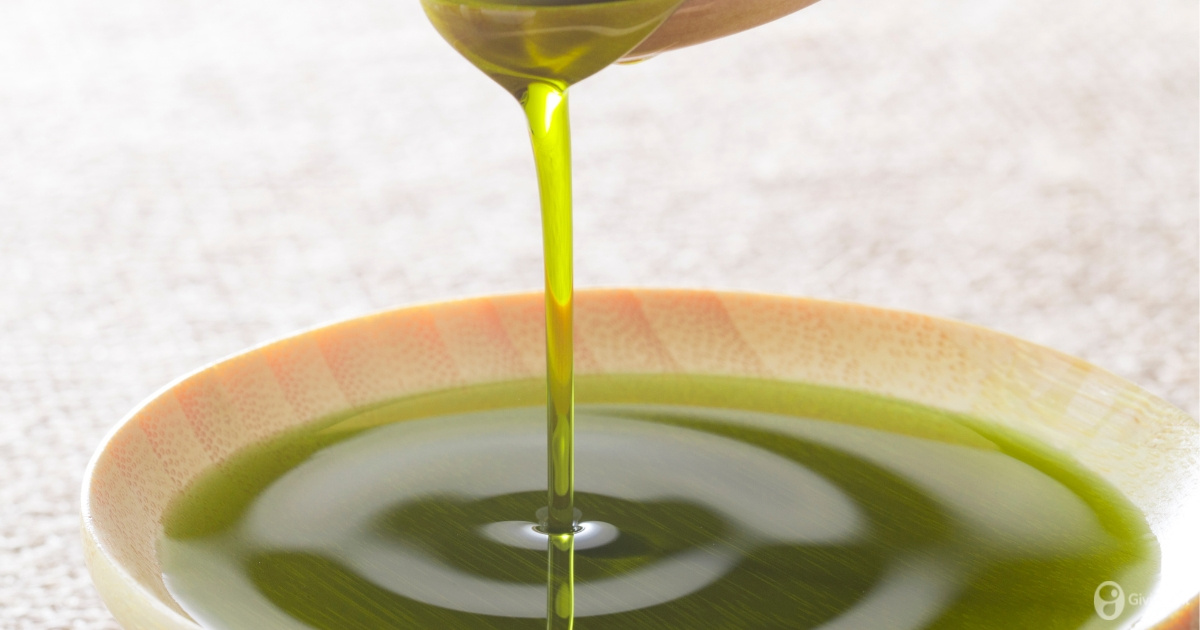
What determines the color of Olive Oil?
Have you ever wondered why one bottle of olive oil is a vibrant green while another shines golden yellow? In the supermarket, you’ll find this “liquid gold” ranging from emerald green to deep golden hues. It naturally raises the question: what exactly determines the color of olive oil?
Many consumers mistakenly think greener oils indicate superior quality. However, this is largely a myth. Let’s explore the main factors affecting olive oil color—olive variety, harvest timing, extraction methods, and storage—to reveal why color alone doesn’t indicate quality, and highlight what truly matters when choosing your olive oil.
Olive variety: From green to golden
The variety of olives significantly influences the oil’s color. Each olive type contains unique natural pigments, primarily chlorophyll (green pigments) and carotenoids (yellow and orange pigments). For instance, Picual olives usually produce intensely green oil, whereas Arbequina, Hojiblanca, or Manzanilla olives yield a lighter, golden-yellow hue.
Chlorophyll-rich olives, such as Picual, naturally provide greener oil. Arbequina olives, with fewer chlorophyll pigments and more carotenoids, produce oils that lean more toward yellow or golden colors. Importantly, a greener oil doesn’t necessarily mean better quality—it’s simply reflecting the olive’s genetics and pigment content.
Harvest timing: Early vs. Late Harvest
The maturity of olives at harvest dramatically affects oil color. Early-harvested green olives produce oils with intense green hues due to their high chlorophyll levels. Conversely, oils from mature, darker olives have deeper golden colors, owing to increased carotenoids in the pulp.
Early-harvested oils typically have stronger, herbaceous flavors with pleasant bitterness and pepperiness, while late-harvest oils tend to taste smoother and sweeter. Again, both types can offer excellent quality, so color alone doesn’t indicate freshness or superiority.
Extraction process: Traditional vs. Modern Methods
How olive oil is extracted also influences its final color. Modern extraction techniques use centrifugation shortly after milling to quickly separate oil from olive paste, preserving the natural pigments and freshness. Traditional pressing methods are slower, often exposing the oil to air longer, potentially affecting color stability.
Additionally, filtered olive oil appears clearer and lighter, as particles containing chlorophyll are removed. Unfiltered (or “raw”) oils retain these particles, often appearing cloudier and greener initially. Over time, however, unfiltered oils naturally clarify.
Some producers even deliberately enhance green hues by milling olive leaves with the fruit, increasing chlorophyll content. Yet, this doesn’t improve oil quality—in fact, too many leaves might introduce overly bitter notes. Quality must always take priority over color intensity.
Storage: Impact of time, light, and temperature
Storage conditions can also alter olive oil color significantly. Over time, oils naturally lose their vibrant green shades as chlorophyll degrades, shifting to more yellowish tones. The primary enemies of olive oil’s color and flavor are light, heat, and oxygen exposure.
To preserve your oil’s original quality and color, store it in dark or opaque bottles, tightly sealed, and away from heat or sunlight. Good storage practices ensure your olive oil maintains its visual appeal and sensory attributes for as long as possible.
Common myths about olive oil Color and quality
The most prevalent myth is that “greener is always better.” In reality, color doesn’t reliably indicate quality. Professional olive oil tasters use blue glasses to hide the oil’s color, preventing bias. They evaluate purely on aroma and flavor—proof that sensory qualities matter most.
Another misconception is that unfiltered green oils contain more nutrients. While initially true due to suspended particles, these benefits even out once the oil settles naturally. Choosing fresh, extra-virgin olive oil with low acidity matters far more than its color or cloudiness.
Conclusion: Quality beyond Color
Understanding the factors influencing olive oil color is helpful, but color alone shouldn’t guide your choice. The best olive oil is one that delights your senses through aroma and taste, whether deep green or golden yellow. Next time you’re selecting olive oil, admire its color—but also trust your palate and nose to discover true quality.

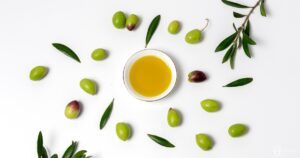
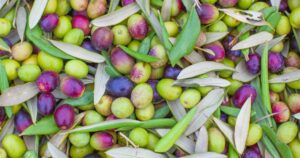


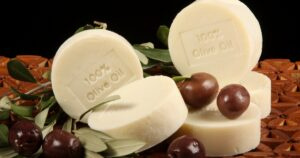




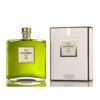












Add comment